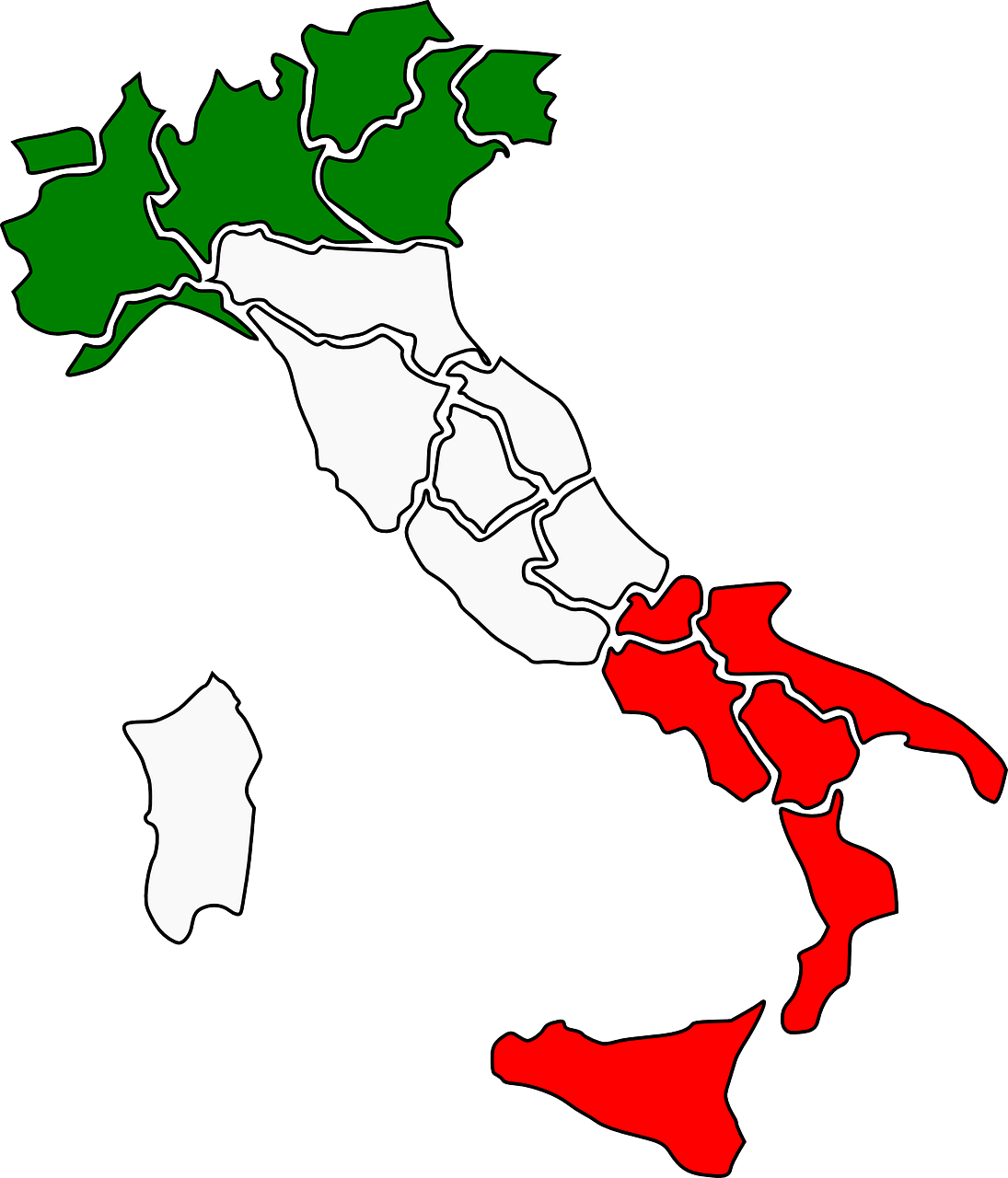Italy, a country known for its rich history, vibrant culture, and stunning landscapes, offers a diverse experience from the Alps in the north to the sun-soaked beaches in the south. When traveling through Italy, one cannot help but notice the stark cultural distinctions between the northern and southern regions. Here, we’ll explore these contrasts, focusing on lifestyle, cuisine, language, and other notable cultural differences between Northern and Southern Italy.
Lifestyle
North: Sophisticated and Busy The northern part of Italy, including cities like Milan, Turin, and Venice, is often seen as the economic powerhouse of the country. This region boasts a more fast-paced and sophisticated lifestyle, influenced by its proximity to other European countries like France and Switzerland. Northern Italians are known for their industriousness and efficiency. Milan, for example, is a global fashion hub, pulsating with business activities and cosmopolitan flair. Public transportation is highly efficient, and the urban areas are characterized by their modern infrastructure and bustling city life.
South: Relaxed and Laid-Back In contrast, southern Italy, encompassing regions like Sicily, Calabria, and Campania, offers a more relaxed and laid-back lifestyle. The southern Italians, or “Southerners,” value family, leisure, and tradition. Life here moves at a slower pace, and there’s a strong emphasis on enjoying the present moment. The picturesque villages, sun-drenched coastlines, and the warmth of the people contribute to a more tranquil and hospitable atmosphere. It’s not uncommon to find locals enjoying long, leisurely meals and taking siestas in the afternoon heat.
Cuisine
North: Creamy and Rich Northern Italian cuisine is characterized by its use of butter, cream, and cheese. Rice and polenta are more commonly consumed than pasta, and the dishes are often hearty and filling. The colder climate allows for the growth of ingredients like truffles, mushrooms, and rich dairy products. Popular dishes include Risotto alla Milanese, a creamy rice dish flavored with saffron, and Fonduta, a cheese fondue typically made with Fontina cheese from the Aosta Valley.
South: Fresh and Flavorful Southern Italian cuisine, on the other hand, is renowned for its bold flavors and use of fresh, locally sourced ingredients. Tomatoes, olive oil, garlic, and fresh herbs like basil and oregano are staples in southern cooking. Pasta takes center stage, with famous dishes like Spaghetti alla Puttanesca and Pasta alla Norma. The region’s warm climate supports the cultivation of citrus fruits, olives, and a variety of vegetables. Seafood also plays a significant role in southern cuisine, given the region’s extensive coastline.
Language and Dialects
North: Diverse and Influenced The northern regions of Italy are home to a variety of dialects, many of which are influenced by neighboring countries. For example, in the Trentino-Alto Adige region, you’ll find German-speaking communities due to its historical ties with Austria. Milanese, Venetian, and Ligurian are just a few of the dialects spoken in the north. These dialects can sometimes be quite different from standard Italian, making them challenging for outsiders to understand.
South: Traditional and Intimate Southern Italy also boasts a rich tapestry of dialects, often rooted in ancient languages and traditions. Dialects like Sicilian, Neapolitan, and Calabrese are still widely spoken and carry a deep cultural significance. These dialects tend to be more melodic and expressive, reflecting the region’s rich history and close-knit communities. While standard Italian is understood and spoken, the use of dialects is a point of pride for many southerners.
Other Major Differences
Architecture and Art The architecture in northern Italy often reflects its Romanesque and Gothic influences, with grand cathedrals and medieval castles dotting the landscape. Cities like Florence and Venice are renowned for their Renaissance art and architecture. In contrast, southern Italy showcases a mix of Norman, Arab, and Baroque influences, with vibrant, colorful buildings and intricate mosaics that tell stories of the region’s diverse history.
Climate and Geography Geographically, the north is characterized by its mountains, lakes, and cooler climate. The Alps and the Dolomites offer stunning natural beauty and opportunities for winter sports. The south, on the other hand, is known for its warm Mediterranean climate, with beautiful beaches and crystal-clear waters. The landscapes here are more rugged, with volcanic mountains like Mount Etna and fertile plains that support agriculture.
In conclusion, the cultural differences between northern and southern Italy are profound and fascinating. Whether you’re exploring the sophisticated cities of the north or basking in the warmth of the southern sun, Italy offers a diverse and enriching experience for every traveler. Embrace the contrasts, savor the flavors, and enjoy the journey through this incredible country.
